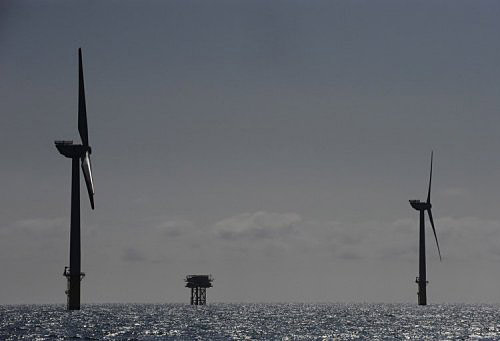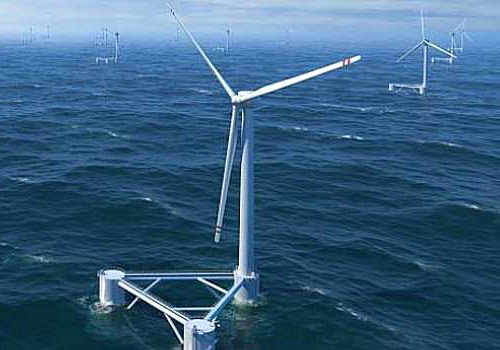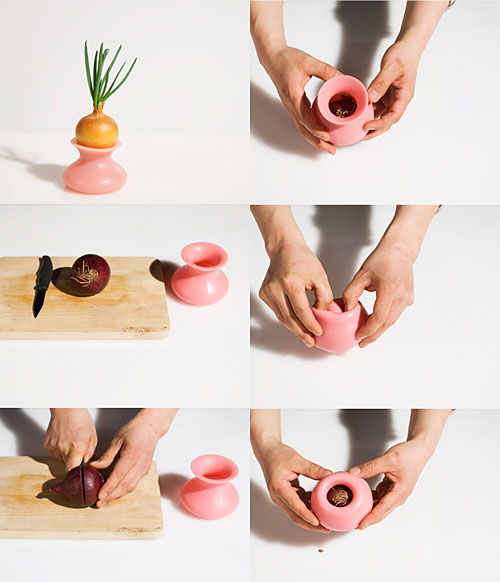
Under the 9.2 trillion won (8.2 billion dollars) project, companies such as Hyundai Heavy Industries and Daewoo Shipbuilding and Marine Engineering plan to build 500 turbines, the Knowledge Economy Ministry said in a statement.
The wind farm, to be built near the southwestern counties of Buan and Yeonggwang, will generate about 2,500 megawatts of electricity, it said. The government will coordinate the project and provide 29 billion won, while private investors will finance the rest.
Major South Korean shipbuilders and heavy machinery makers such as Samsung Heavy Industries and STX Heavy Industries are scrambling to enter the lucrative global wind power market.
"But they need a track record to actually build and operate wind farms to export their products," said the ministry, estimating current global offshore wind farm projects would generate 153.9 gigawatts of electricity.

"Plus, considering the small size of our land, offshore wind farms, with less environmental damage and fewer potential complaints from residents, are far more promising sources of energy than onshore wind farms," it said.
Asia's fourth largest economy imports 97 percent of its energy needs from overseas and has moved to cut dependence on fossil fuels and diversify energy sources.
Seoul last month unveiled a five-year plan to spend 36 billion dollars developing renewable energy as its next economic growth engine, with a goal to become one of the world's five top players in the sector.













